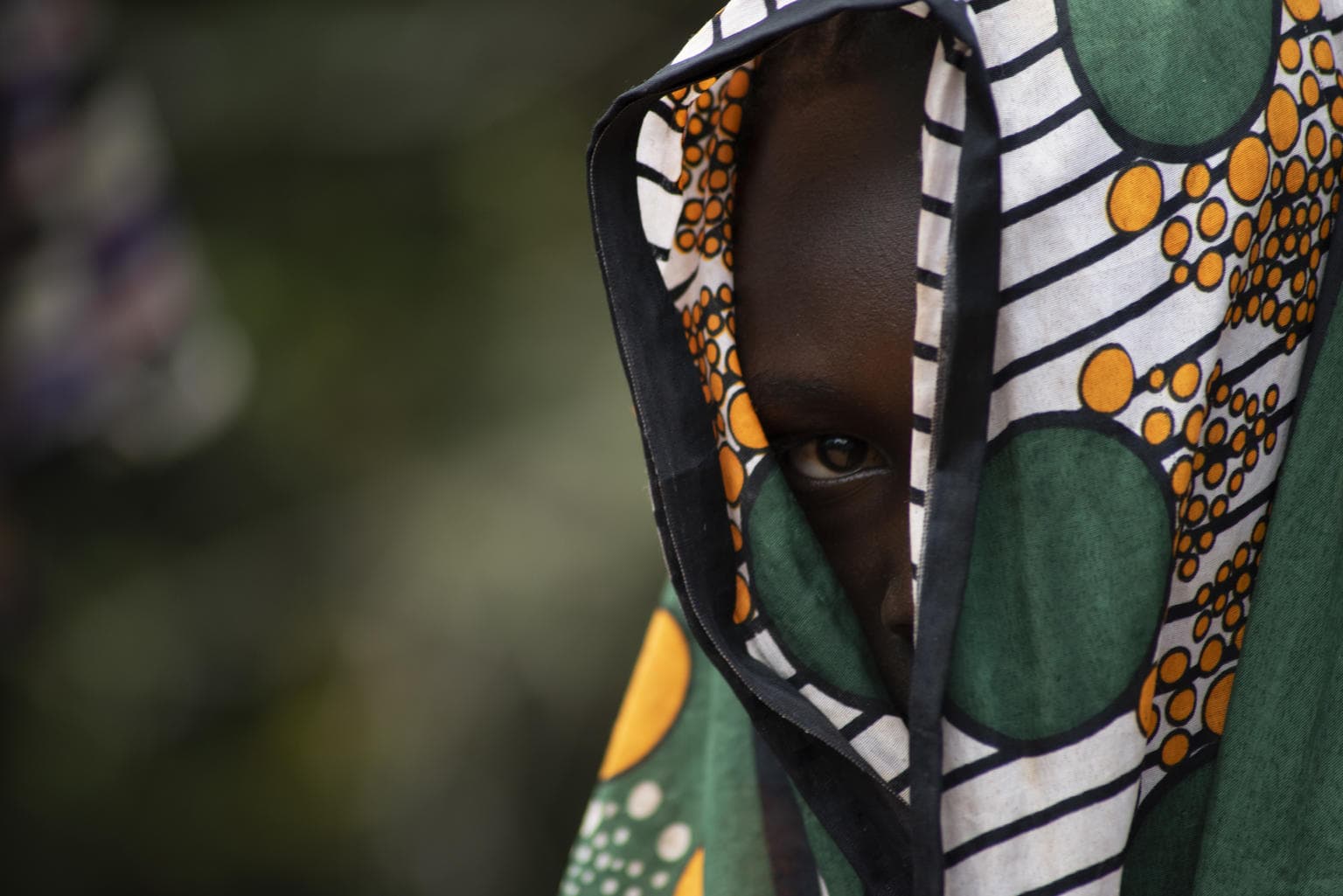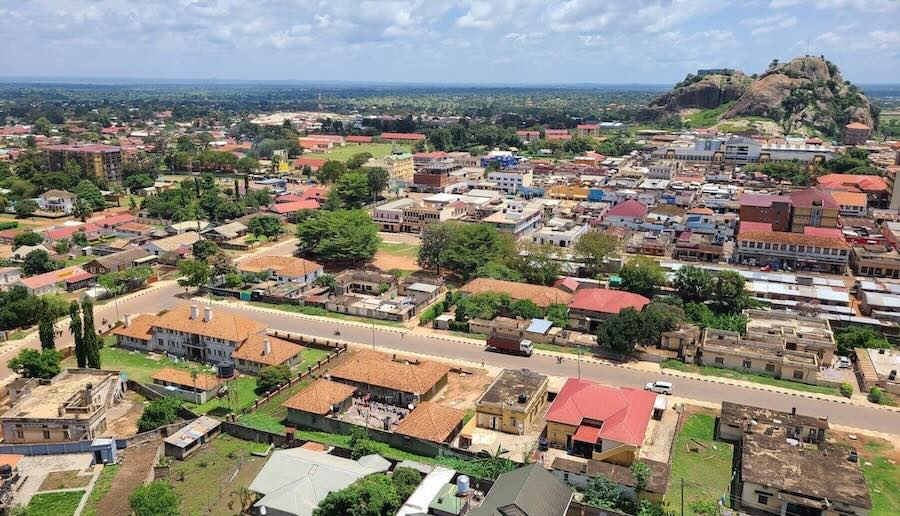The story of a child who just had a child

The statistics haunt like shadows at dusk: five million (5,000,000) child brides in Uganda, 1.3 million put in the family way, before their 15th birthday. 28% of these die from child-related complications, and 20% of infant deaths are linked to these young mothers. A staggering 1 out 5 of births in Uganda result from teenage pregnancies.
These figures are not mere numbers etched in UNICEF’s 2021 report; Child-marriage country profile Uganda 2021
These represent sisters, daughters, friends—children who may never experience the innocence of childhood again. No wonder, the 2017 Bank and UNESCO Institute of Statistics, the primary school completion rate was at 54 %for girls. In the same year, lower secondary completion was at 28% for men and 25% for women.
I took an afternoon stroll into one of the villages to meet a young mother that had been referred to me by the local leadership. I passed through what seemed to be an endless thicket and arrived at an opening of the compound. Several huts stood in a strange with the heat of the day making it hard for anyone to stay outside.
There was a tired foreboding look and smell of this place. The chicken pecked away in the thickets while the dog, the ever awake watcher, was asleep-maybe from exhaustion, or the heat, or just tired of life’s baggage.
From one of the huts, a frail frame emerged. She was hardly 4 feet tall. On seeing me, she tried to be strong, at least to say the pleasantries. She came and hugged me a tight embrace that seemed to be endless. I won’t lie. There was a little stench that defined wretchedness. Then she cried and cried. Hot tears falling on my shoulder as she held onto me. At 14 years she had been through a lot. She was a child mother having conceived at only 14 years of age.
She then let go of me, and we slumped onto the dusty floor where we both sat. At 14, her face was already contorted with wrinkles that come with pain and anguish-the kind that run over a helpless face. She seemed to have worn her clothes for such a long time that they had lost their original color, yet she donned them in anticipation of my visit. Her feet were cracked covered in part, by a pair of slippers. One could tell that she had put a lot of effort in cleaning them. Or did she always reserve them for visitors?
We sat in silence, and I let her cry a little more. Her silent tears seemed to be carried by the wind to distant places. I simply sat lost for words. Her sad frame still haunts me to date. How do you speak hope to a child that has just had a child? How do you give them hope amidst the rejection of society? How do you tell them that there is a place in school for them when they are stereotyped and given as living examples of the worst by society? How do you speak hope to such?
A loud scream and wail pierced the afternoon, even the dog that was asleep was startled from its siesta. It was her baby. She rubbed her tears, went into one of the huts and brought out something wrapped in old pieces of cloth. Penetrating inside the folds of cloths, I was met with the piercing stare of healthy baby boy, who oblivious of the world around him, reached out for her breasts and suckled with so much hunger: Child feeding a child.
Again, I cried as I observed silently, and failed to keep a sane composure. She too broke down and cried. We cried without any words, just tears rolling.
I cried for the innocent child, for the mother who never had a chance to an innocent childhood, I cried for my society that has watched all these in silence. Hot tears rolling down and to my mouth leaving a heavy salty taste. How could we be so hopeless to another one in need? I looked on helplessly, biting my teeth in anguish. This could have been me. This could have been you.
There are many stories like hers in this part of the country, most of them were given to us by Covid-19, others by parents that gave no heed to their children, to a society too engrossed in many other troubles that they hardly have time to turn and take note. It only becomes an issue when the same walks onto our doorsteps. It is only at the point of tragedy that we as a nation do some soul searching, masked, sometimes, in flash debate and hope, till another tragedy strikes.
Women, and in particular girls, are disadvantaged and even the best of efforts by our government are at times watered down by society.
As the curtains fell on the Covid-19 lockdown, the government implemented an “all back to school” policy. Every child of school-going age, including those who had become mothers during the pandemic, was urged to return to school and continue their education. It was widely recognized as a crucial opportunity for these young individuals to reclaim their futures and pursue their dreams. However, societal stereotypes—perpetuated by peers, teachers, and even the self-righteous—forced many of them to abandon their studies.
While leaders like Hon. Janet Kataha Museveni have fervently championed the cause of the girl child, we cannot rely solely on institutional change. Each tear shed by a child bride should ignite our collective determination to take action. The message is aptly summed up in this statement, “This campaign is a battle for the soul of the next generation. We must ensure that the girl child completes secondary school and is equipped with life skills as tools for empowerment…” Hon.Janet Kataaha Museveni
These children are not just statistics; they are our shared responsibility-Their future, much like the delicate wings of a butterfly, rests firmly in our hands. We can either crush it or allow it to soar… alive.
Notes:
Image Credit: Child marriage data, UNICEF


We need measures, strong ones to combat this epidemic.. our societies are bleeding
So touching and Worth sharing. It’s everyone’s responsibility to secure the future for the girl child.
Thank you for the great article 🙏